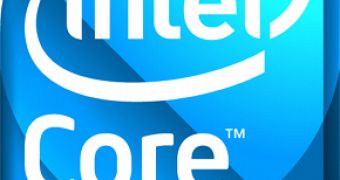Details on the specifications and release dates of Intel's next-generation “Arrandale” and “Clarkdale” processor families have been made available on the Internet quite some time ago. However, according to the most recent details, the Santa Clara, California-based chip maker is planning on rolling out the new processors sometime in early December, enabling system vendors to update their portfolios with the new chips starting early next year, in January. The two chip series will target the mobile and desktop segments, meaning that users will be able to choose from a number of new designs.
According to recent details, Intel plans on beginning sales of its Clarkdale-based Core i3, Core i5 and Pentium processors on December 10, providing users with a choice for the upcoming wave of Intel Q57, H55 and H57 series of motherboard chipsets. These desktop processors are built through the combination of a 32nm Westmere dual-core processor, featuring 4MB of cache, Hyper-Threading, dual-channel support, and integrated graphics, based on the 45nm manufacturing technology.
Clarkdale-based processors will work at speeds of up to 3.46GHz, while also providing users with support for Intel's Hyper-Threading technology. Compatible with current LGA 1156 socket, the new chip will work at a TDP of just 73W, with the exception of the Core i5 661, which will feature a 900MHz graphics core and ship in a 87W thermal envelope.
Unfortunately, the specifications of Intel's Arrandale processors haven't been leaked on the Internet, but it's clear that the chip maker will sell them under the Core i5 and Core i7 monikers. In total, Intel plans to roll out seven new such processors, with five of them being part of the Core i7 family, namely the 620M, 640LM, 620LM, 640UM, and 620UM, with the Core i5 series including the 540M and 520M. As with their desktop counterparts, these new mobile chips will probably differentiate themselves by power consumption, performance, and enabled features.

 14 DAY TRIAL //
14 DAY TRIAL //